
 The masterplan of the project.
The masterplan of the project.
The first phase of the 63 million sq m Industrial Zone at King Abdullah Economic City (KAEC) in Rabigh, the path-breaking development by Emaar the Economic City (Emaar EC), is due to be launched soon.
The zone, one of the six components of KAEC, is expected to be one of the largest industrial parks in the region and is designed solely with the needs of manufacturers in mind. The 4,000 net hectares of land will be dedicated to industrial and light manufacturing facilities. It offers investors the option of building from the ground up on a fully-serviced site or the choicest premises built to the highest specifications.
“As one of the key sectors of diversification, industries have brought about a considerable shift to the kingdom’s economy by generating employment to millions of Saudis,” says Nidal Jamjoom, chief executive officer, Emaar EC.
“KAEC’s Industrial Zone is a perfect fit for the kingdom’s industrial growth and offers several distinctive advantages. The significant advantage of the industrial zone at KAEC is the infrastructure support it will offer to industries,” adds Jamjoom.
The Industrial Zone will have specific initiatives to encourage local entrepreneurs through incubator-like modules. International experts have already been consulted – and will work hand-in-hand with Emaar EC management – to ensure that the development is in line with the best environmental practices.
Work, meanwhile, is ongoing at the KAEC site, which sprawls over a 168 million sq m greenfield site on the Red Sea Coast. KAEC offers easy access to the two Holy Cities of Makkah and Madinah, and is near Jeddah. Online registration for the Industrial Zone, a key district of the project, has already begun. The Presentation Centre of KAEC and its access road have also been completed.
Last October, Emaar EC significantly expanded the size of its largest development in the Middle East by nearly four times and unveiled a new masterplan.
RSP Architects, masterplanners of King Abdullah Economic City, revised the overall masterplan of the project. Additional detailed masterplanning was provided by WATG for resorts and residential zones, SOM for the city centre and Parsons International for the Industrial Zone.
“Covering 14 million sq m – a major increase of 11.2 million sq m from the earlier project – the seaport will be the largest in the region with a capacity of over 10 million twenty-foot equivalent unit (TEU) containers per year, which is significantly higher than all other regional ports,” says Mohammed Ali Alabbar, chairman Emaar EC. “The port will have facilities to handle cargo and dry bulk, and will be equipped to receive the world’s largest vessels. Another key component of the port will be a custom-built Hajj Terminal.”
Following the expansion, the Industrial District’s 4,400 hectares of land, which will be dedicated to industrial and light manufacturing facilities – identified as key growth drivers for the Saudi economy – and can now host 2,700 industrial tenants. The Industrial District will have specific initiatives to encourage local entrepreneurs through incubator-like modules. International experts have been consulted to ensure that the Industrial Zone development is in line with best environmental practices.
With the Saudi Arabian General Investment Authority (Sagia) as the project’s prime facilitator, KAEC has the potential to create one million jobs. The mixed-use development with commercial, residential, industry and hospitality components is expected to be home to over two million people.
The first phase, currently being rolled out, includes the construction of the seaport, the Industrial Zone, Resort District and Residential Zone – all of which are key drivers in attracting investors to KAEC – are being developed.
Through its investment-friendly environment, KAEC is expected to accelerate the kingdom’s growth in the face of a highly competitive global marketplace, and create diverse jobs for Saudis.
The seaport will be the largest in the region with a capacity of over 10 million twenty-foot equivalent unit (TEU) containers per year. The 13.8 million sq m seaport will offer the Industrial Zone logistical advantages of immense value.
With its strategic location on the Red Sea and the instant access to key cities within Saudi Arabia, the port will have a designated area for light industry and logistics and be a natural platform for onward movement of goods to Europe, Africa, Asia and beyond.
The port will have an integrated transport system with seamless high-speed transitions from sea to rail, road and air, making the City the main gateway to the central and eastern provinces as well as the entire kingdom.
The port, with its close proximity to Makkah and Madinah, will have a dedicated Hajj terminal that can receive over 500,000 pilgrims every season. To cater to the pilgrims’ every need, there will be adjoining hotels, medical centres and other world-class amenities.
Resort District
The Resort District will feature 3,000 resort-style hotel rooms in 12 four- and five-star hotels. There will be two signature 18-hole golf courses and a leisure complex.
Under the new masterplan, the number of hotel rooms and suites have been increased from 12,000 rooms in 60 hotels to 25,000 hotel rooms in more than 120 hotels.
Residential Zone
The KAEC’s Residential Zone will now have 260,000 apartments and 56,000 villas – a leap from 110,000 apartments and 16,000 villas in three residential districts. The first district wraps itself around a town centre, which will be a blend of the traditional and the modern. The second district will have a corniche as its main theme. It is in keeping with this concept that the district will ‘curve’ around a top-of-its-class marina and yacht club with 450 boat moorings. The suq and retail elements will contribute 350,000 sq m of prime space.
The third residential district will be a secluded community set on an island on a choice water location.
Under the expansion, the project has added 4.5 million sq m of parks and wadis that will enhance the aesthetic appeal provided by 4.9 million sq m of new water canals, which are very wide through its entire course thus creating additional waterfront. The canals are inspired by the waterways of Amsterdam and will offer 75 km of pedestrian promenade. With the introduction of the canals, more than 42 linear km of waterfront has been added on to the project. Residents can thus enjoy beach boardwalks, sea water lagoons and the natural beaches fronting the Red Sea. For marine enthusiasts, the project will have five yacht clubs that can berth more than 3,000 vessels.
Building on the socio-cultural environment demanded of living environments, KAEC will have 550 mosques including several Grand Mosques in the residential zones. Several schools will be opened to cater for the educational needs of children in each community apart from a University campus for 18,000 students. A sports stadium will also be part of the project, which will have 45,000 seats.
The other components of KAEC are: the Central Business District, which will have office space and mixed-use components and a central Financial Island with a 125-storey tower; and the Educational Zone.
KAEC is being developed in phases, with the first phase expected to take possession in the last quarter of 2008 and will include areas of the industrial park, the port and commercial houses and the resort.
“Poised to be world’s first ‘Smart City,’ KAEC will offer advanced information and communications technology support to industrialists. KAEC will feature several firsts in terms of ‘smart city’ management by offering a safe environment that is ideal for sustained growth. A fully integrated transport system will be an added benefit to investors,” says Jamjoom.
The developers recently held discussions with the Massachusetts Institute of Technology (MIT) seeking help to developing KAEC as the world’s first ‘Smart City’. The MIT team will help KAEC integrate all its services through one call centre. “All modern conveniences in telecommunication including mobile connectivity, fibre lines, video conferencing facilities and wireless Internet solutions will be offered at KAEC,” says Jamjoom.
He adds: “Other e-driven solutions include e-logistics support of traffic and fleet management; e-security solutions including whole city monitoring; e-commerce facilities; e-media including cable television and electronic billboards; telemedicine facilities; e-education options; smart home integration and e-climate management in the form of smart reactions to city climate. KAEC will also have a wi-fi feedback module that enables to interact with the environment and people swiftly.”
By integrating IT capabilities in its development, KAEC will become the safest city in the world and also create an R&D environment that will help disseminate new ICT solutions to other regions globally.
Sagia’s Investor Service Centre will facilitate the provision of services to potential investors. The centre is Sagia’s “one-step” solution aimed at minimising the number of formal steps associated with investment in the kingdom.
Central Business District
“The Central Business District (CBD) will offer 3.8 million sq m of office space, hotels and mixed-use commercial space. The Financial District, within the CBD, has now been doubled in area to cover 14 hectares of land, which will be the largest regional financial nerve centre for the world’s leading banks, investment houses and insurance groups.
The retail component of KAEC takes a quantum jump following the expansion of the project. From an area of 3.3 million sq m, the total retail facilities will now spread to cover 8.7 million sq m and house over 50,000 shops, nearly three times the earlier estimate. The retail components include shopping malls, town centres, neighbourhood malls and street shops.
Educational zone
The Education Zone comprises universities, schools and research and development centres for a targeted 20,000 higher education students, with adjacent private sector research and development facilities
The range of educational institutions, will offer several technical and academic programmes and will be adequately supported by libraries, ICT infrastructure and recreational buildings.
Prior to the launch phase, Sagia had taken a number of steps to ensure a successful launch of the biggest economic city in the Middle East, including a case study of similar examples such as Yanbu, Jubail, Dubai, Ireland and Malaysia. A committee of international consultants was entrusted to study the economic feasibility of the project. With positive results, Rabegh city has been chosen because it already has major ongoing projects, a strategic location on the Red Sea close to international maritime routes, and instant access to key cities within Saudi Arabia (Makkah, Al Madinah Yanbu and Jeddah).




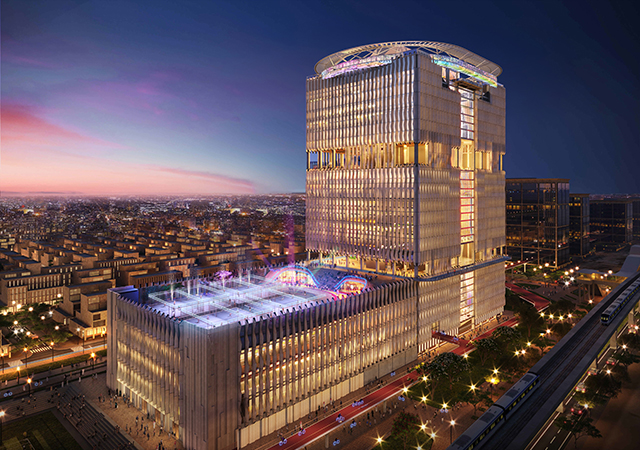
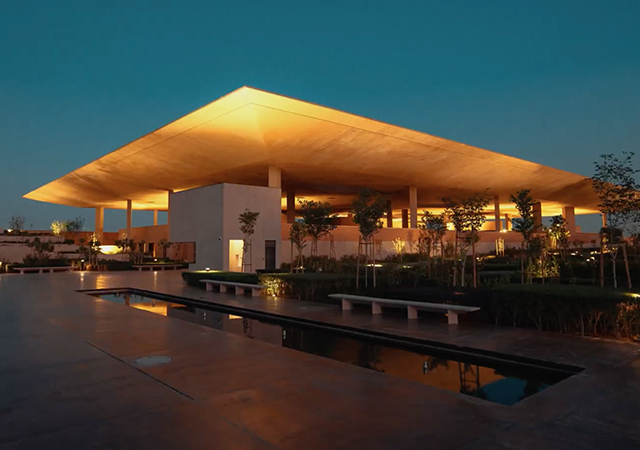
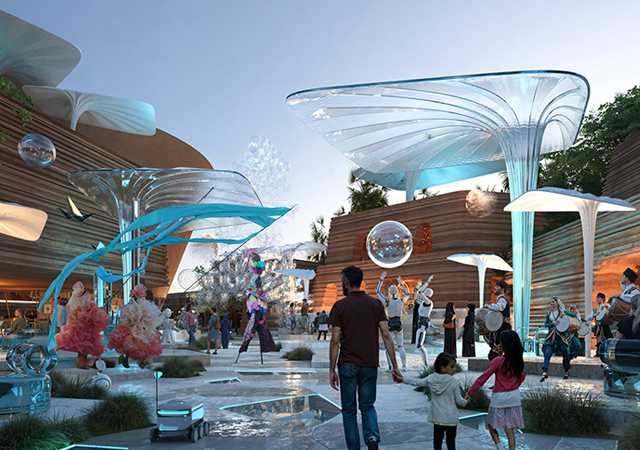

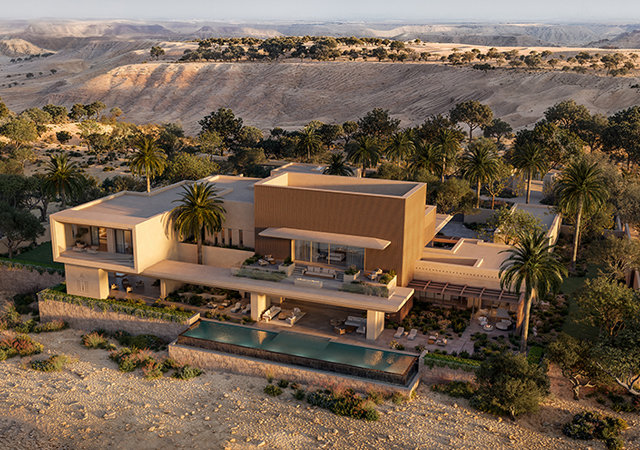
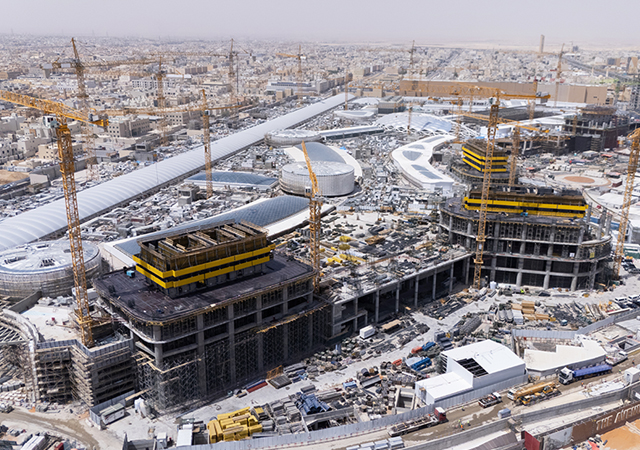
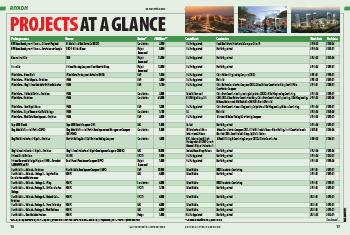
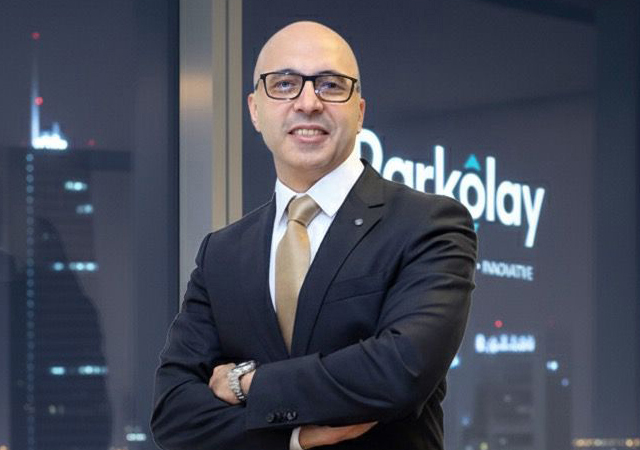
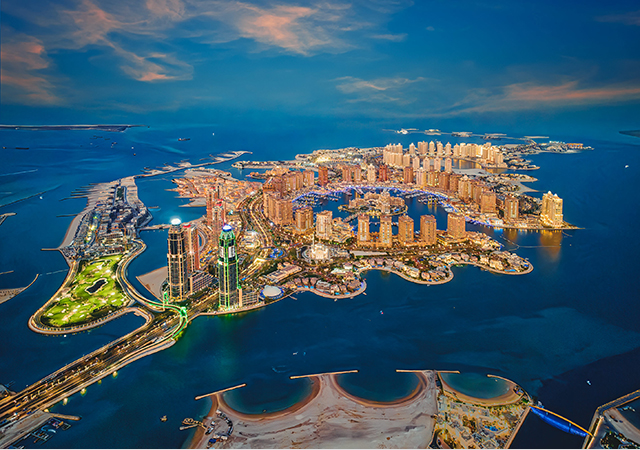
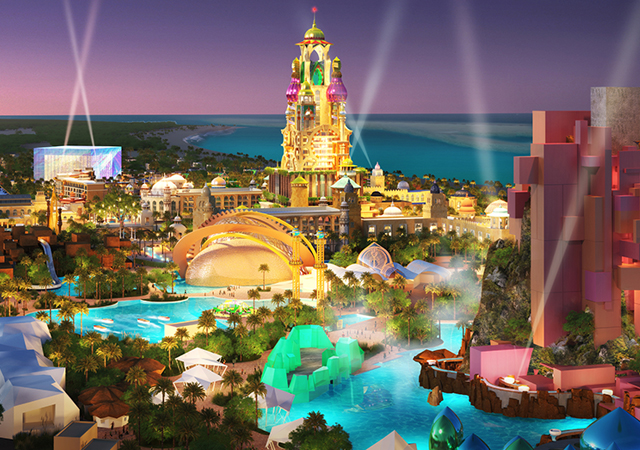
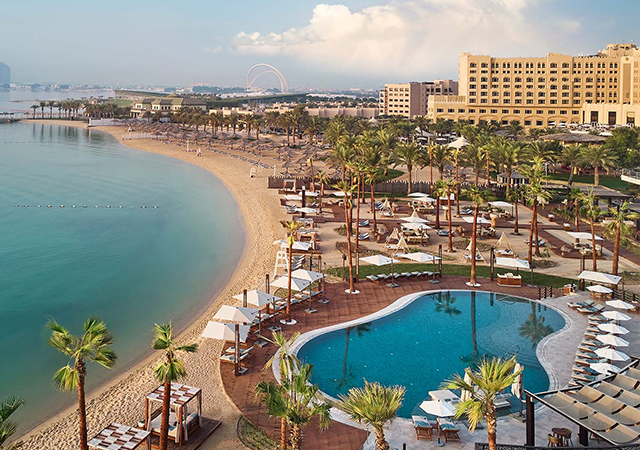

.jpg)
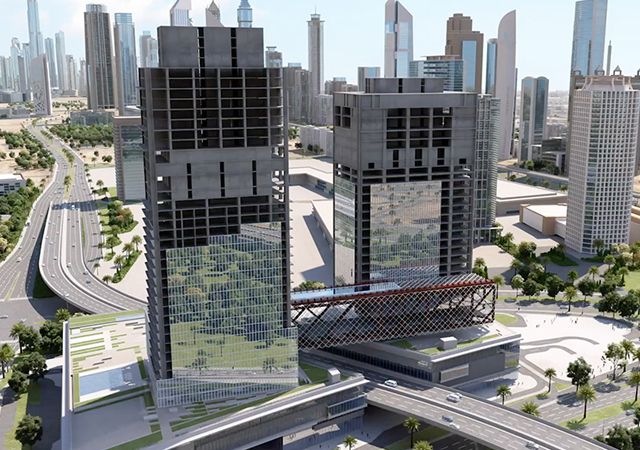

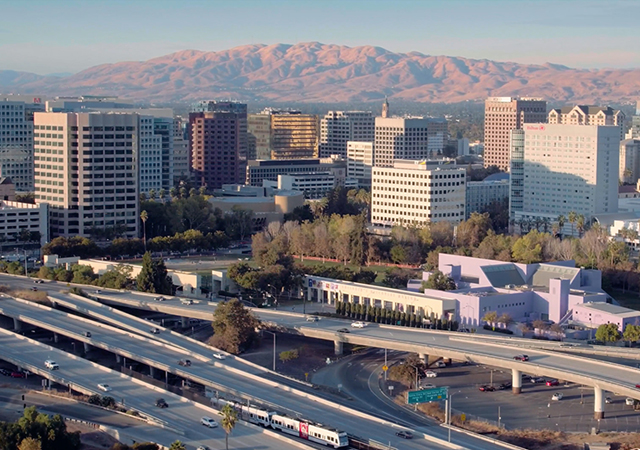
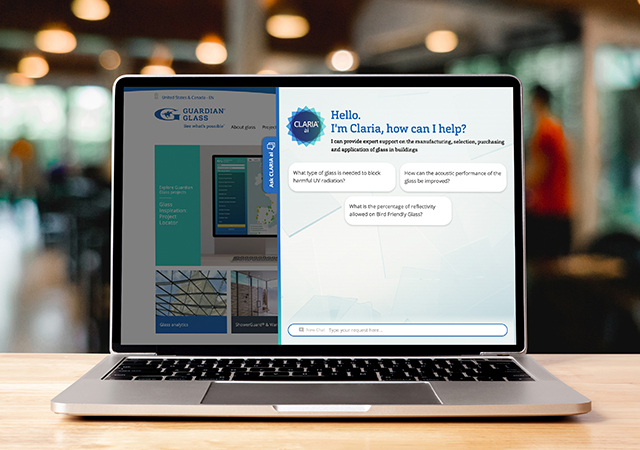


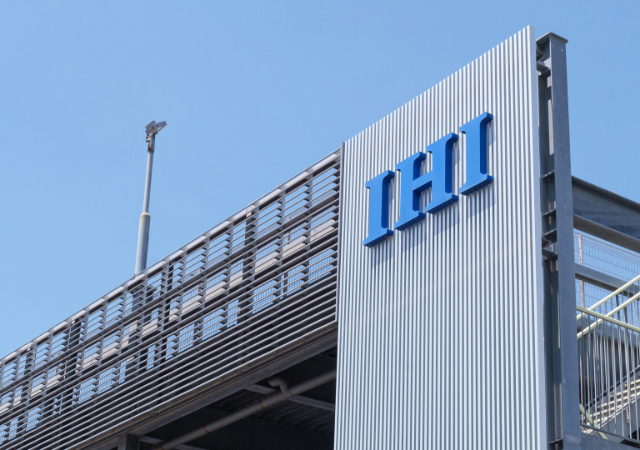

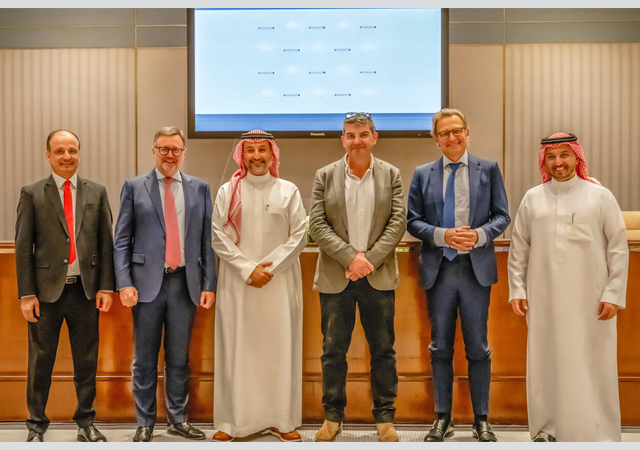
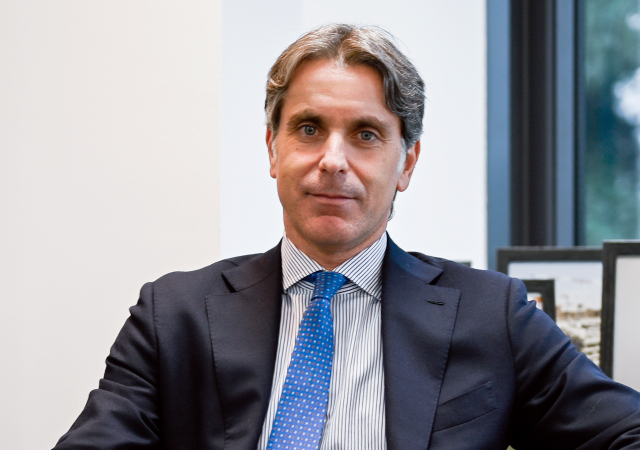
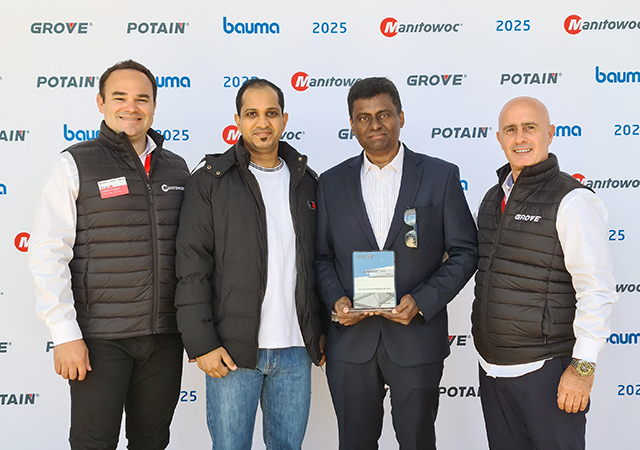

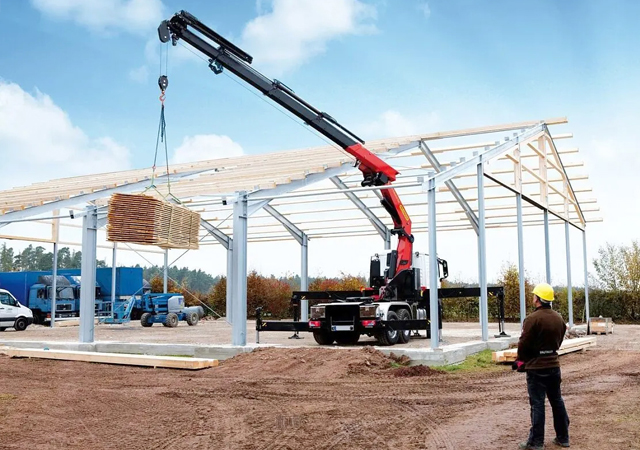
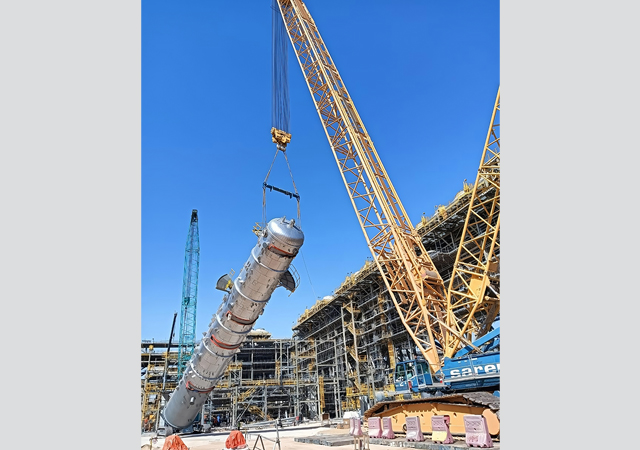
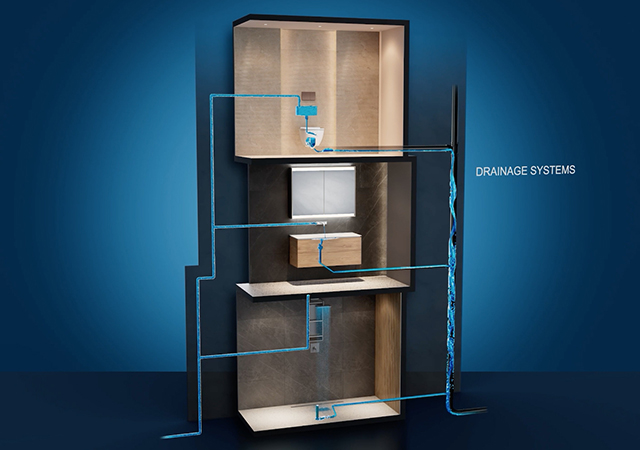
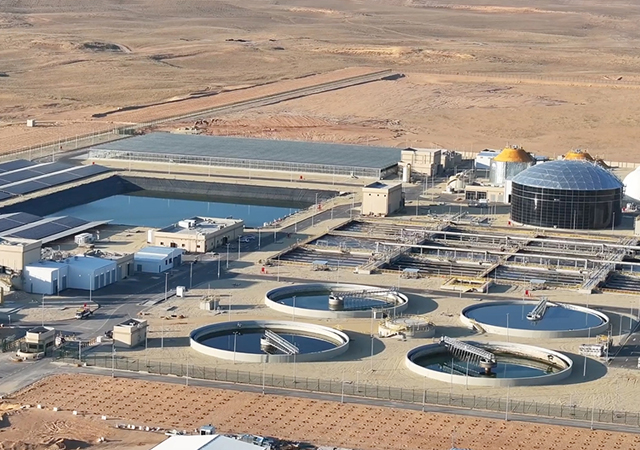

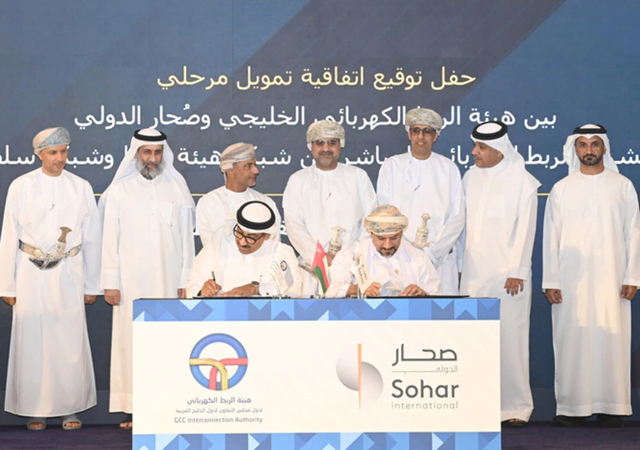
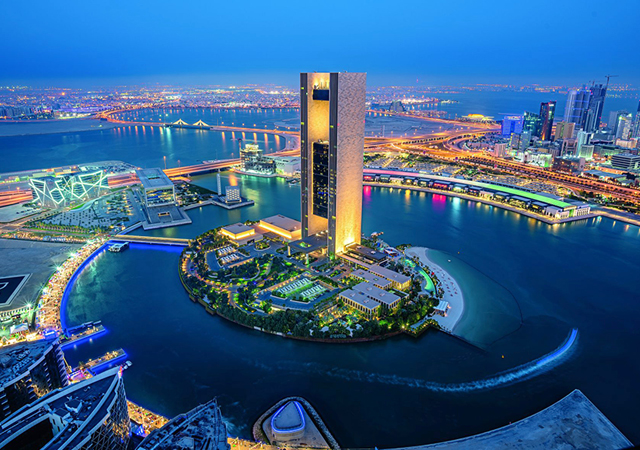

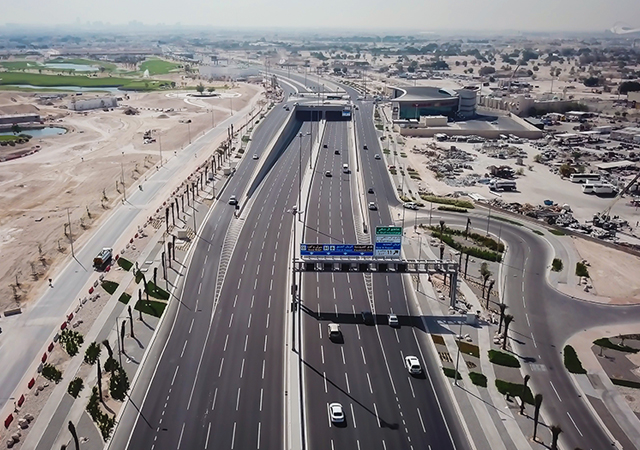
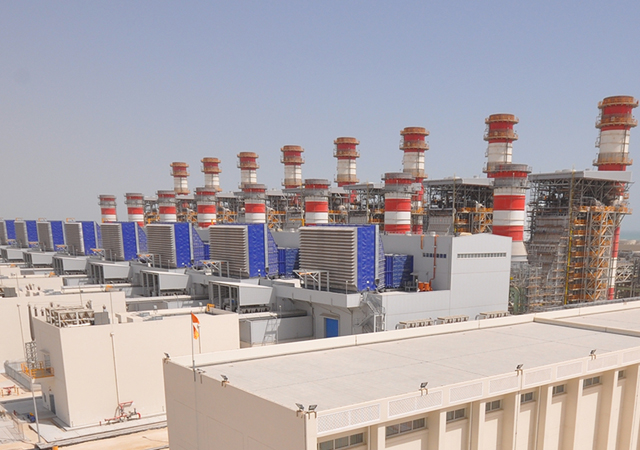
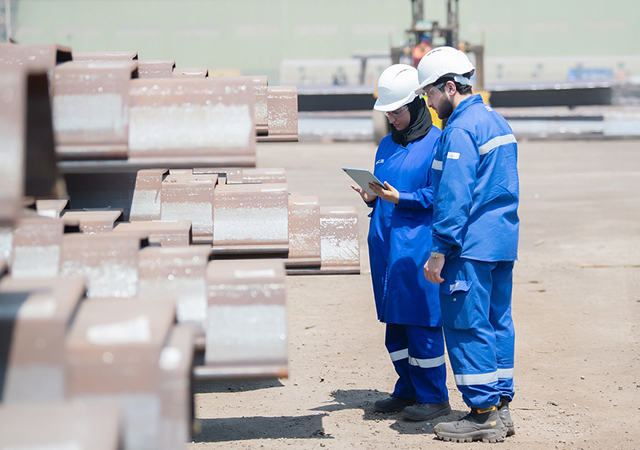


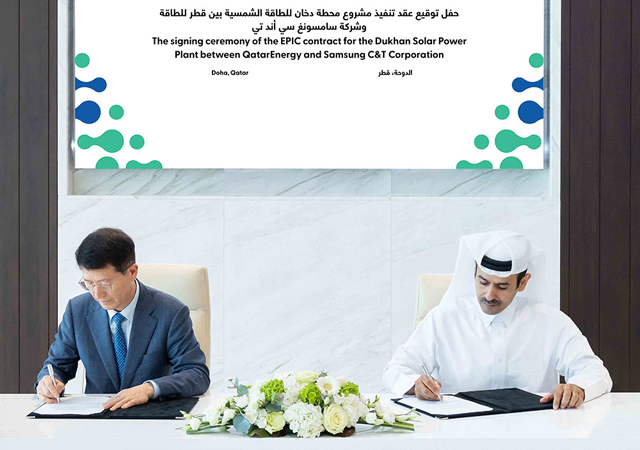
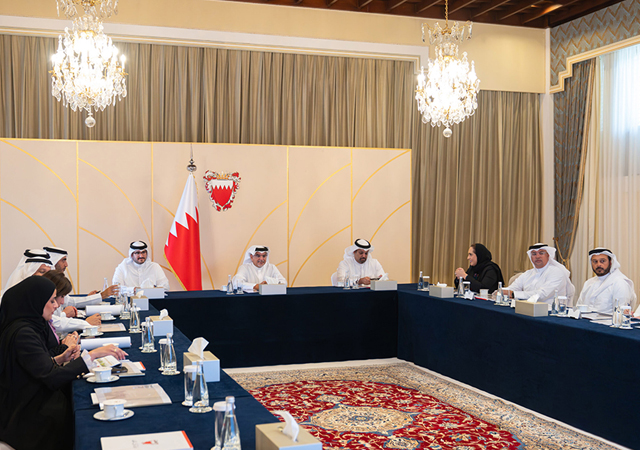


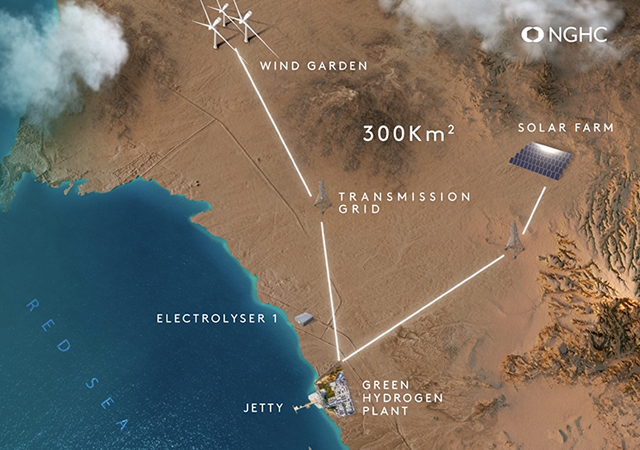
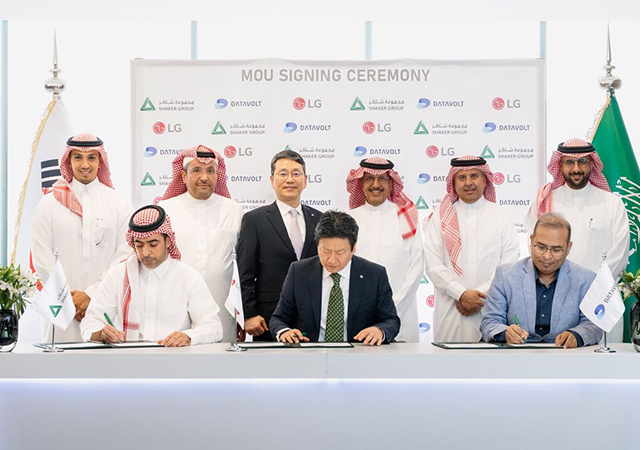
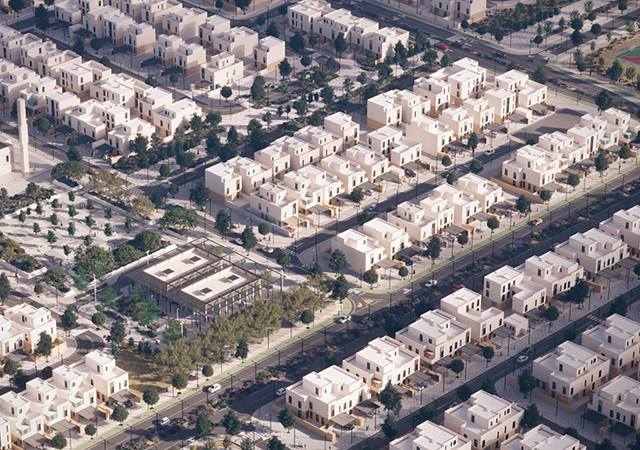
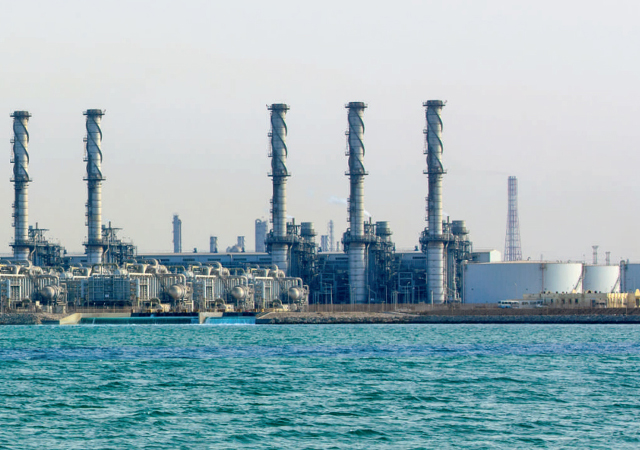
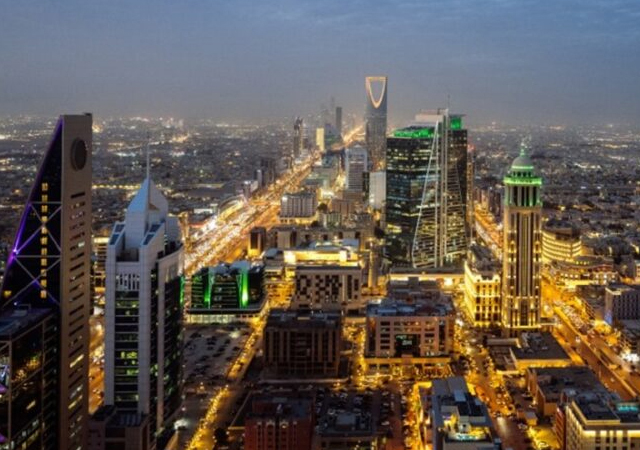
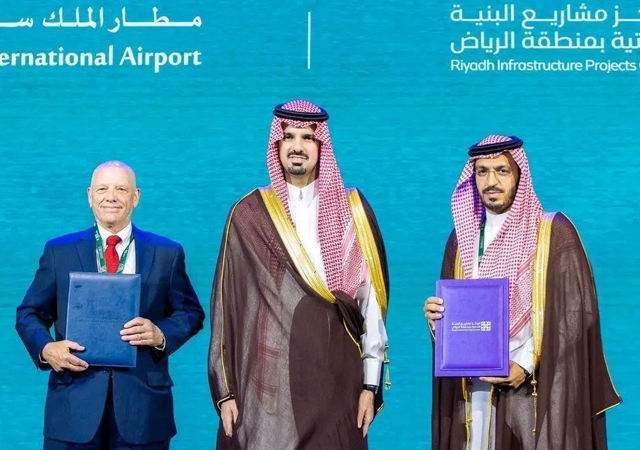

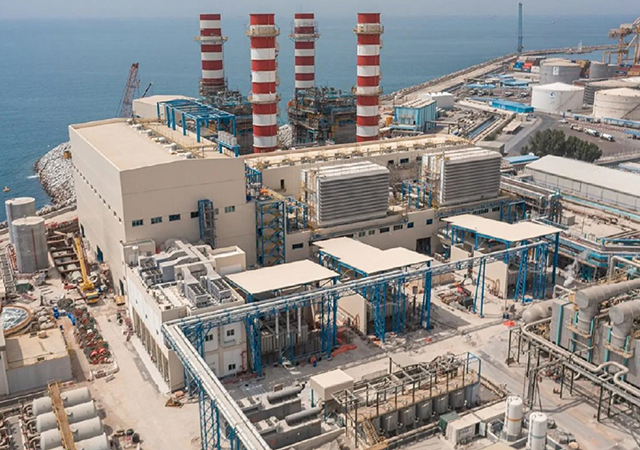
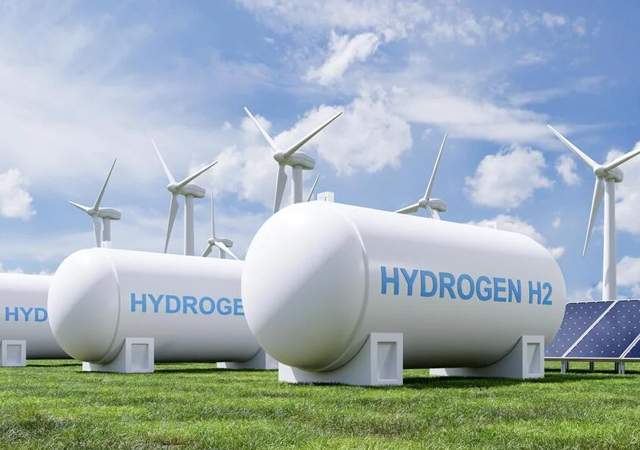
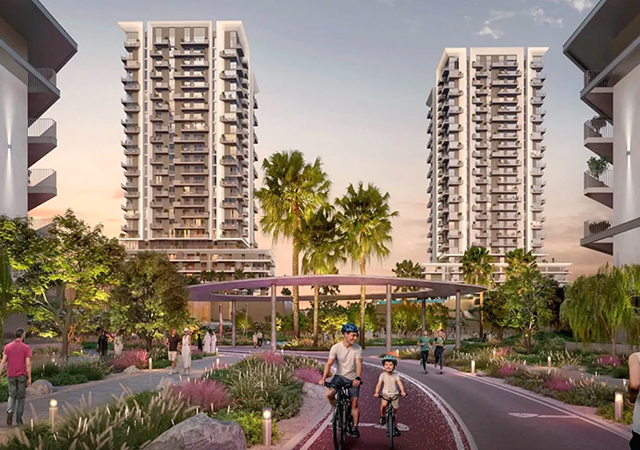
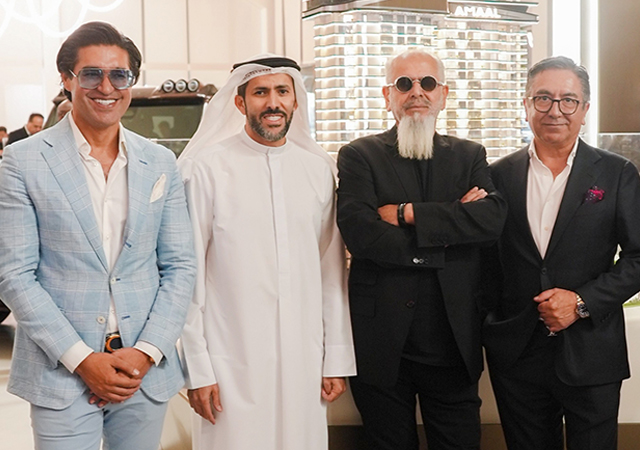
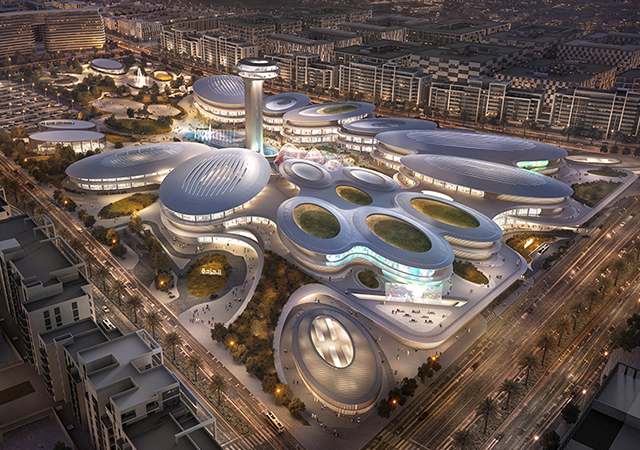
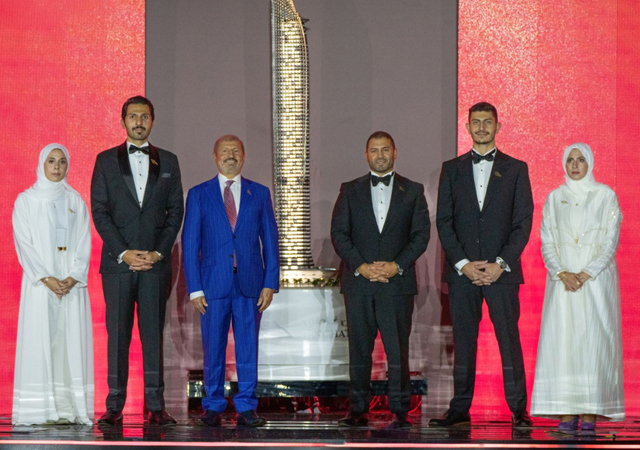
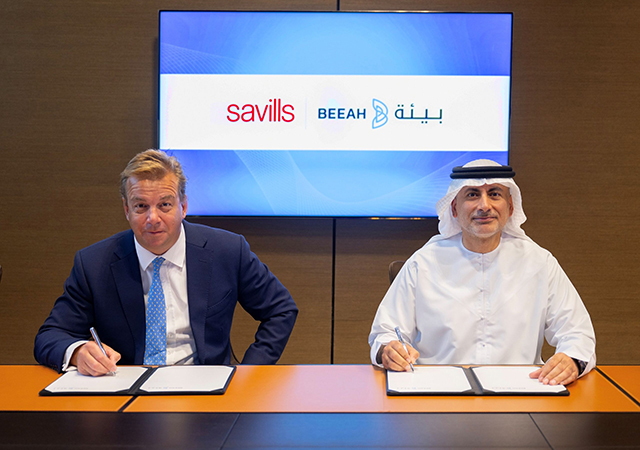
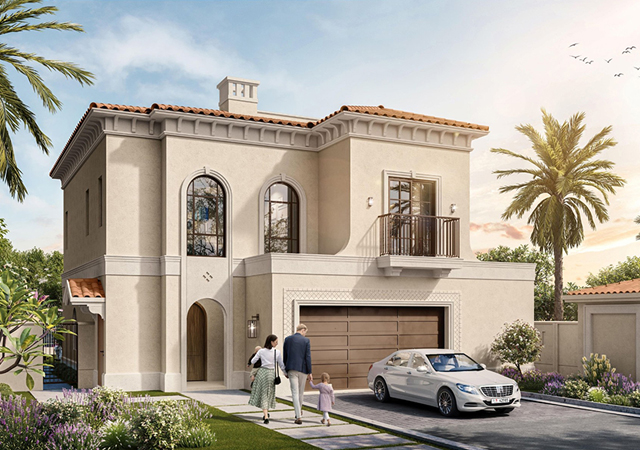
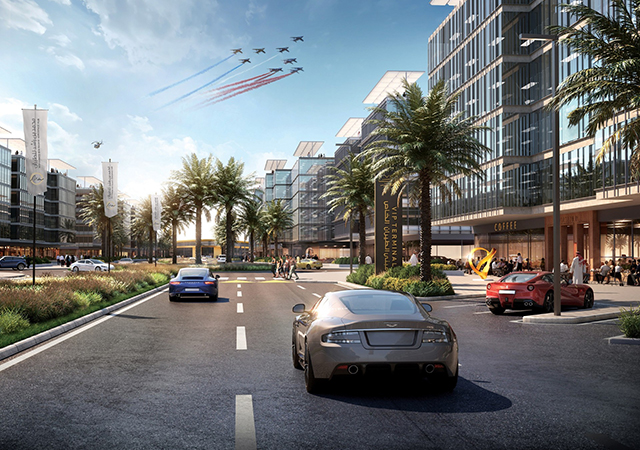
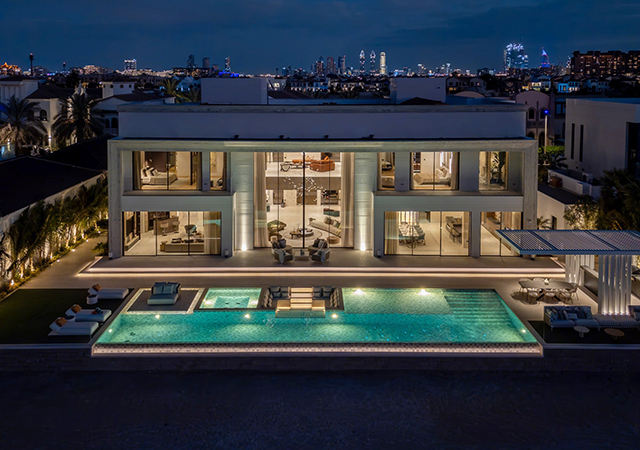
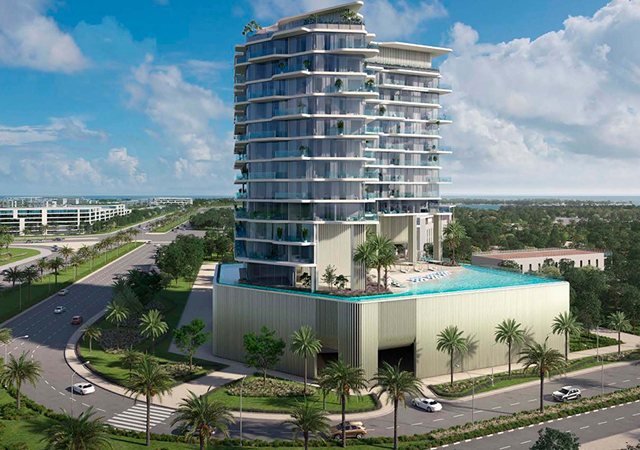
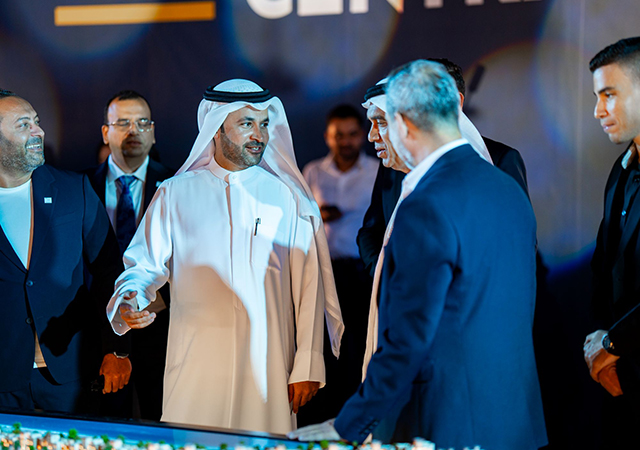
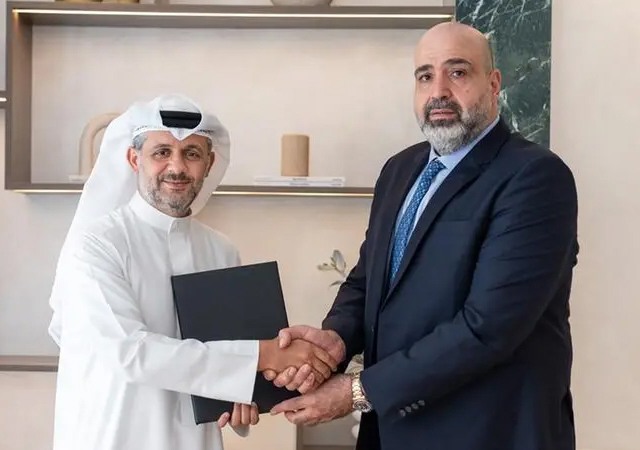
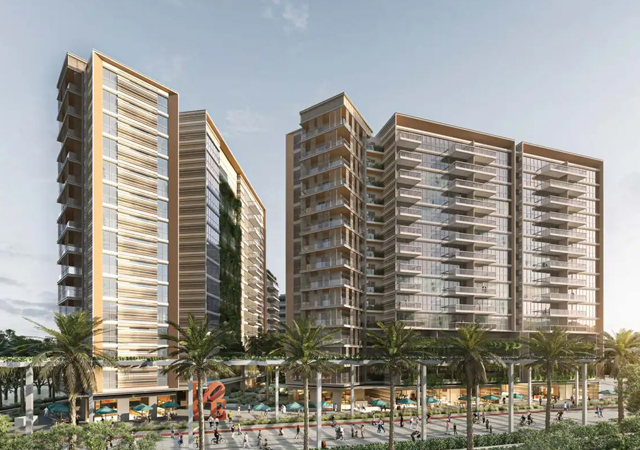

.jpg)

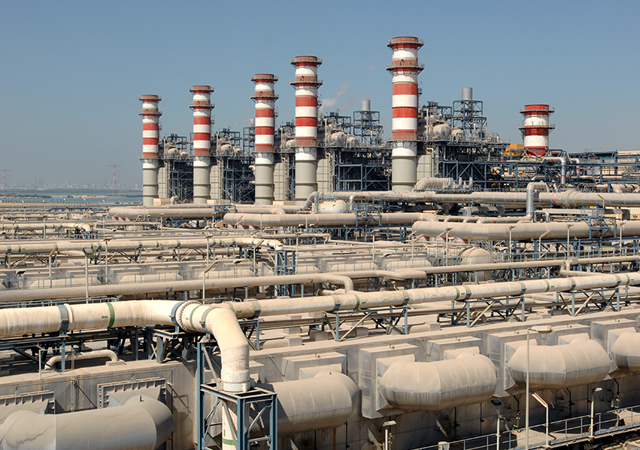
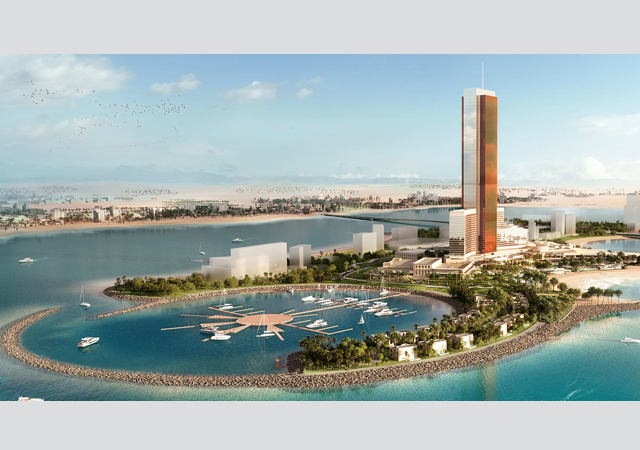
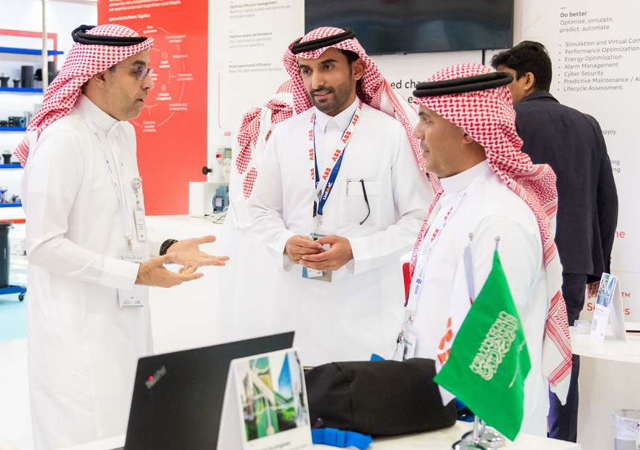
.jpg)

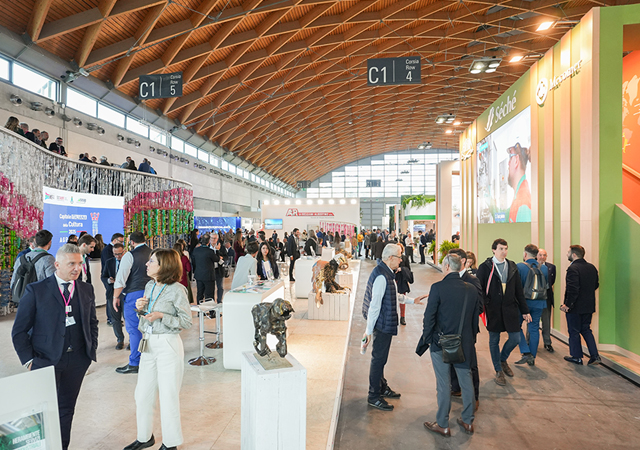
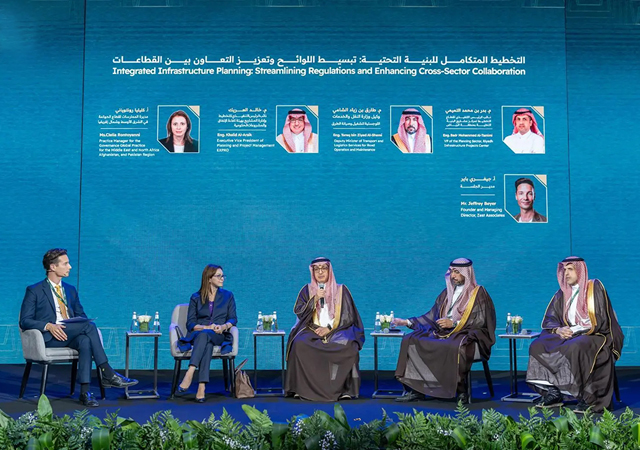
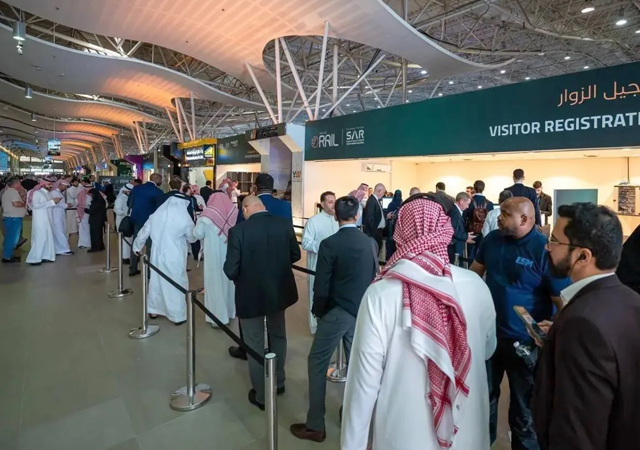









.jpg)















